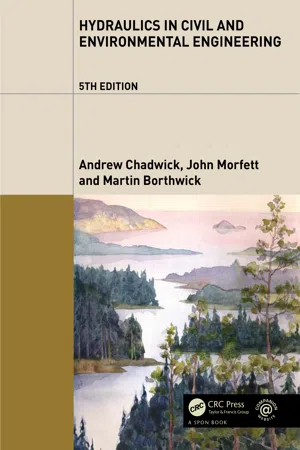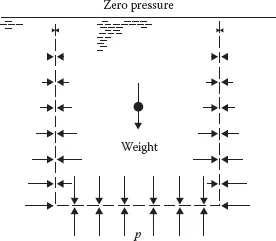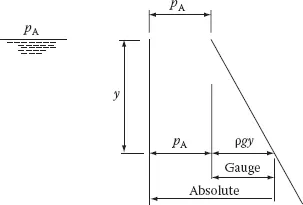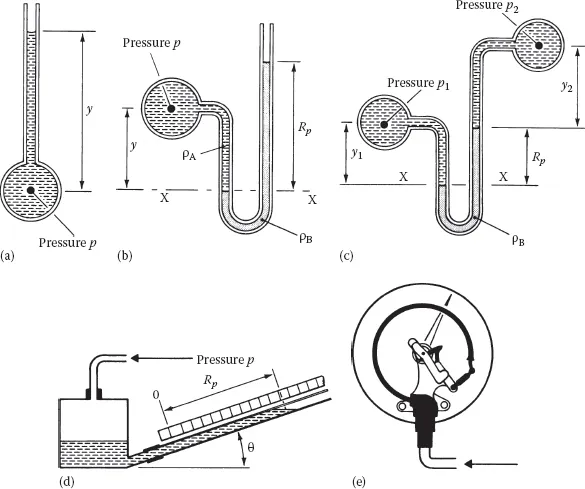
Hydraulics in Civil and Environmental Engineering
- 648 pages
- English
- ePUB (mobile friendly)
- Available on iOS & Android
Hydraulics in Civil and Environmental Engineering
About this book
Now in its fifth edition, Hydraulics in Civil and Environmental Engineering combines thorough coverage of the basic principles of civil engineering hydraulics with wide-ranging treatment of practical, real-world applications.
This classic text is carefully structured into two parts to address principles before moving on to more advanced topics. The first part focuses on fundamentals, including hydrostatics, hydrodynamics, pipe and open channel flow, wave theory, physical modeling, hydrology, and sediment transport. The second part illustrates the engineering applications of these fundamental principles to pipeline system design; hydraulic structures; and river, canal, and coastal engineering—including up-to-date environmental implications. A chapter on computational hydraulics demonstrates the application of computational simulation techniques to modern design in a variety of contexts.
What's New in This Edition
- Substantive revisions of the chapters on hydraulic machines, flood hydrology, and computational modeling
- New material added to the chapters on hydrostatics, principles of fluid flow, behavior of real fluids, open channel flow, pressure surge in pipelines, wave theory, sediment transport, river engineering, and coastal engineering
- The latest recommendations on climate change predictions, impacts, and adaptation measures
- Updated references
Hydraulics in Civil and Environmental Engineering, Fifth Edition is an essential resource for students and practitioners of civil, environmental, and public health engineering and associated disciplines. It is comprehensive, fully illustrated, and contains many worked examples. Spreadsheets and useful links to other web pages are available on an accompanying website, and a solutions manual is available to lecturers.
Frequently asked questions
- Essential is ideal for learners and professionals who enjoy exploring a wide range of subjects. Access the Essential Library with 800,000+ trusted titles and best-sellers across business, personal growth, and the humanities. Includes unlimited reading time and Standard Read Aloud voice.
- Complete: Perfect for advanced learners and researchers needing full, unrestricted access. Unlock 1.4M+ books across hundreds of subjects, including academic and specialized titles. The Complete Plan also includes advanced features like Premium Read Aloud and Research Assistant.
Please note we cannot support devices running on iOS 13 and Android 7 or earlier. Learn more about using the app.
Information
Part I
Principles and Basic Applications
Chapter 1
Hydrostatics
1.1 PRESSURE








1.1.1 Gauge Pressure and Absolute Pressure




1.2 PRESSURE MEASUREMENT


Table of contents
- Cover
- Title Page
- Copyright
- Contents
- Preface
- Acknowledgements
- Short History of Hydraulics
- Introductory Notes
- Principal Symbols
- PART I PRINCIPLES AND BASIC APPLICATIONS
- PART II ASPECTS OF HYDRAULIC ENGINEERING
- Appendix A: Moments of Area
- Index